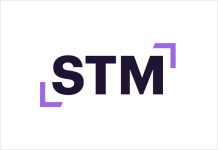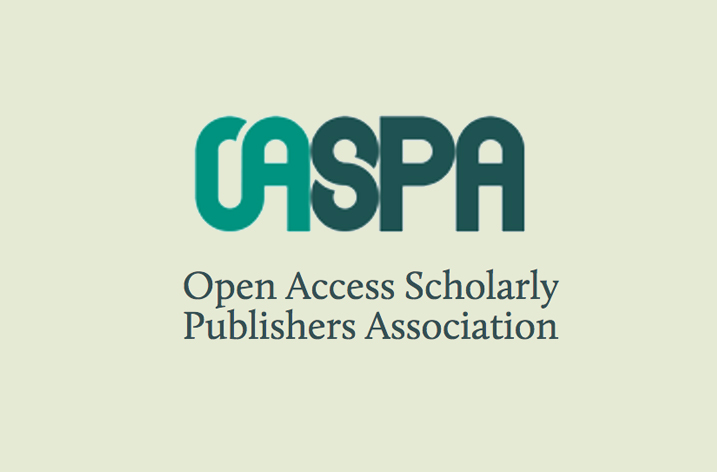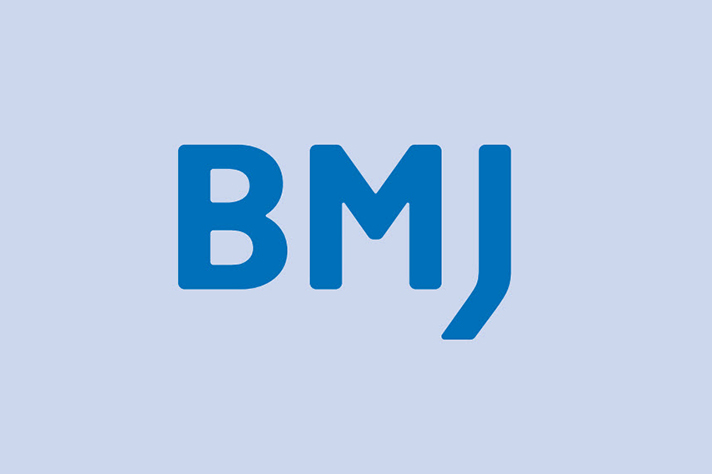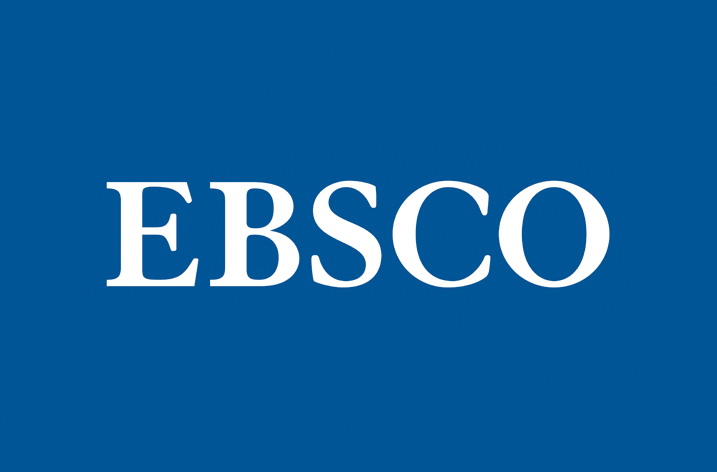
Pearson today announced the creation of the Pearson Reading Maturity Metric, a new and more accurate measure of the reading difficulty of texts. Developed by scientists at Pearson’s Knowledge Technologies group, the new computer-based technology measures how close an individual students’ reading abilities are to what they will need to succeed in college and careers.
Knowledge Technologies’ Chief Scientist, Thomas Landauer, Ph.D., said, “A closely tied goal for the Pearson Reading Maturity Metric is to support Pearson’s commitment to overcome the low reading abilities of the hundreds of thousands of disadvantaged children who enter school with woefully low vocabularies that foretell lifelong educational failure. This new measure of text difficulty holds the promise of identifying and helping to fill the relatively small gap in reading ability of preschool age children before it is too late.”
Traditional and current readability formulas rely on only a few, simple superficial measures, such as the average number of words in sentences and how frequently words are encountered in general or educational reading. Landauer and other scientists at Pearson used intensive computer analyses to identify more fundamental text features that contribute to text complexity. More importantly, Pearson developed an artificial intelligence technology that estimates how much reading of various kinds and in what order a person must have accomplished to understand a particular text.
The new measure uses Latent Semantic Analysis, a widely used mathematical model of how human language works. Its application to text complexity, the Pearson Reading Maturity Metric, simulates how each of thousands of individual words gradually develop their unique meanings by being encountered in paragraphs whose already known words implicitly define them. The Pearson Reading Maturity Metric on average predicts the grade level of a text about 30 percent more accurately than traditional readability formulas. The accuracy of the system has been established by high correlations with several widely used reading skill tests, such as the Peabody Expressive Vocabulary Test, the Kaufman Brief Intelligence Test, the Kaufman Assessment Battery for Children—Verbal Knowledge and the Stanford Achievement Test (SAT-9) reading comprehension test items.
The development of this new text complexity measure is detailed in a white paper, “Pearson’s Text Complexity Measure,” authored by Landauer and available athttp://www.pearsonassessments.com/nextgeneration.

























